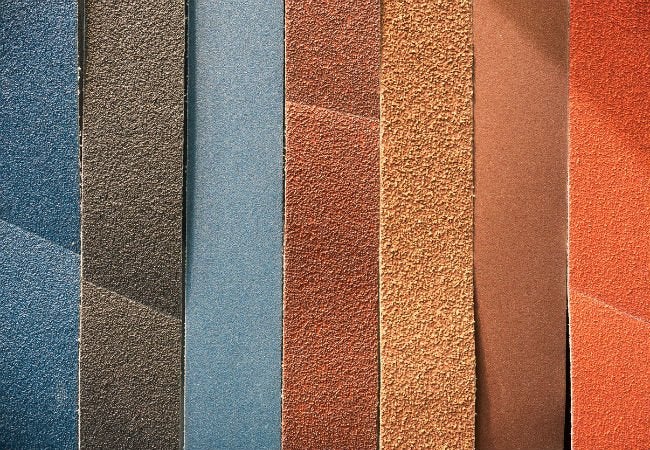

Giving old furniture new life with a fresh coat of paint or stain can be so rewarding! But getting that piece back to raw wood can be quite the task! Use in-between coats of stain and paint polishingĪlright, let's jump into each of these projects in more detail. Honing raw wood or removing large amounts of materialįinal pass for water-finish on hardwood, oil-based on softwoodįinal pass for water-based finish on softwood, drywall Note that the final pass means you should work your way up from lowest grit to the highest recommended for your project. See the chart below for information on the most common sandpaper grits and which one to use for different types of projects. Now that we understand grit, the question is: what grit is right for my project? Sandpaper Grit Chart You'll find that subsequent grits go by much faster than the first one! Once you get to the final sanding with fine grit sandpaper, remove all the dust and finish your project. Repeat the pencil mark trick with each grit.

So if you start with 80 grit sandpaper, you can skip to 120 but not 150 or higher. You don't have to work through every grit, but a general rule of thumb is to never increase the grit by more than 50% each time. Once all the pencil marks disappear on a single pass, it's time to switch to a medium grit sandpaper. It may take two or three rounds of pencil marks with the coarsest sandpaper to make the board flat. Go over the surface again with 80 grit sandpaper to bring the rest of the surface down to the low spot. Instead, circle this low spot with a pencil, then draw more squiggle lines over the entire board. Don't try to remove the pencil marks from the low sections by sanding more! This will just make the low spots even lower than the rest of the board. You'll start to see the pencil marks disappear in the higher spots, while they remain in the low sections. Just let the spinning disc do all the work! Don't put a lot of pressure down on the sander. Sand with the wood grain at a speed of about an inch per second. Now start sanding with a coarse sandpaper grit (80 is a good place to start) in a slow, methodical manner. You don't need to go crazy, but it should mark every section evenly. Start by drawing a light, squiggly line across the entire surface of the wood with a pencil. You may think you're going to spend hours working your way up the grit numbers, but it gets progressively faster with every switch! Getting to know what grit to use and how long to use it is all part of the art of sanding.

As you work your way up, the scratches become finer and less noticeable until you're left with a perfectly smooth surface! When to Switch Grits Likewise, the higher the grit, the smoother the sandpaper and the less visible the grit will be.Ĭoarse sandpaper will leave scratches in the surface that will be polished away by higher grits. There are less pieces of grit per inch, so the pieces have to be larger to cover the same area. Video can't be loaded because JavaScript is disabled: How Sandpaper is Made () What Do the Sandpaper Numbers Mean?īasically, the lower the grit number, the rougher the sandpaper.


 0 kommentar(er)
0 kommentar(er)
